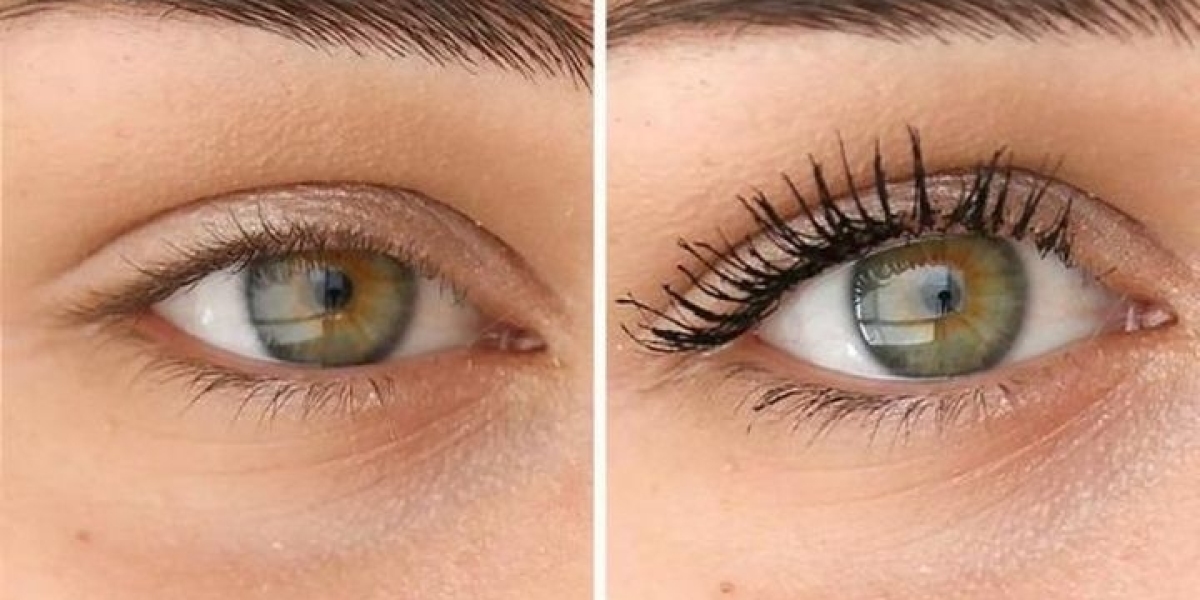The global Dialysis Accessories Devices industry is booming — but do you really know what goes on behind the scenes? From strict international standards and groundbreaking clinical trials to emerging trends and the hidden risks when things go wrong, we uncover the full story. Stay informed and ahead of the curve before it’s too late!
What are the international standards for Dialysis Accessories Devices?
International standards for dialysis accessories devices include IEC 60601-2-16 for hemodialysis equipment safety, covering sensors and alarms. ISO 13485 ensures quality management in manufacturing. AAMI standards govern blood pressure transducers and temperature sensors. FDA Class II regulations (21 CFR 876.5630) apply globally for devices like dialyzers and catheters. CE marking is required in Europe. These standards ensure device safety, reliability, and performance acrosss, protecting patients during dialysis.
How to report adverse events with Dialysis Accessories Devices?
Report adverse events with dialysis accessories devices to the FDA via the MedWatch program, using Form 3500 for voluntary reporting. Notify your dialysis clinic and nephrologist immediately. Manufacturers like Fresenius or Baxter have adverse event reporting systems, often accessible via their websites. Document details like device type, lot number, and event description. In the EU, report to competent authorities under MDR regulations. Prompt reporting ensures investigation and improves device safety.
What are the manufacturing requirements for Dialysis Accessories Devices?
Manufacturing requirements for dialysis accessories devices include compliance with ISO 13485 for quality management systems. Devices must meet FDA Class II standards (21 CFR 876.5630), requiring 510(k) clearance for most. Production facilities must follow Good Manufacturing Practices (GMP), ensuring sterility and biocompatibility for materials like PVC or silicone. Testing per IEC 60068-2 for durability and IEC 60601-2-16 for safety is mandatory. Documentation and traceability are critical for regulatory approval.
How to conduct clinical trials with Dialysis Accessories Devices?
Conduct clinical trials for dialysis accessories devices by designing studies per FDA or EU MDR guidelines, focusing on safety and efficacy. Recruit ESRD patients with informed consent, approved by an Institutional Review Board (IRB). Test devices like catheters or sensors for performance metrics (e.g., waste removal, alarm accuracy). Use control groups and monitor outcomes like complications or Kt/V. Register trials on ClinicalTrials.gov and publish results in peer-reviewed journals to support regulatory approval.
What are the trends for Dialysis Accessories Devices?
trends for dialysis accessories devices show growth, with Fresenius Medical Care leading in 2023. GlobalData reports 48 pipeline devices, with 27 in active development. Automation (e.g., Tablo) and cloud-based monitoring (e.g., Moda-flx) are rising. Home dialysis demand is increasing, driven by systems like NxStage. Sustainability efforts focus on reducing waste from single-use items. The is expected to expand with innovations in sensor accuracy and patient-centric designs.






